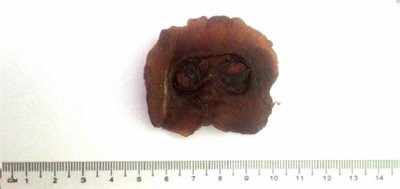
Asam keping
Dr Suraya A. Sani, recent PhD graduate from The University of Nottingham Malaysia Campus (UNMC), has been working with a tropical fruit, locally called asam keping, under the supervision of Dr Teng-Jin Khoo at UNMC’s School of Pharmacy. Funded by the Sarawak Tunku Abdul Rahman Scholarship, she was able to spend her time on research work for the first two years at UNMC and a year working on her research at the Centre for BioMolecular Sciences at University Park, The University of Nottingham, UK under the co-supervision of Professor Dr Jonas Emsley.
Dr Suraya A. Sani conducts research on the medicinal properties of the Garcinia plant species; a plant species which is largely available in Malaysia and throughout Southeast Asia...
Read More







Recent Comments